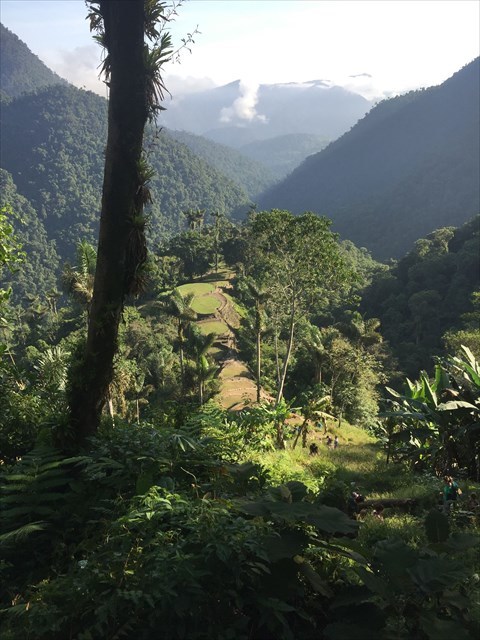
Ciudad Perdida
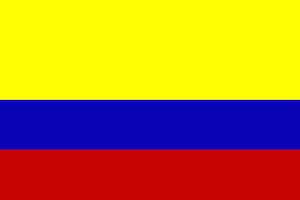
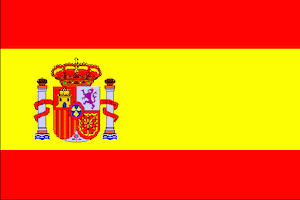
Español
El caché
Para encontrar el caché tienen que reservar una excursión guiada y caminar en un pequeño grupo de 10-15 personas por cuatro días y tres noches de ida y vuelta a través de la selva de la Sierra Nevada de Santa Marta desde el pueblito de El Mamey hasta la Ciudad Perdida. No es posible ir a solas porque las comunidades indígenas limitan el acceso a su territorio a las agencias autorizadas y un número fijo de visitantes. El alojamiento es básico: Hay catres o hamacas, pero la comida es rica y abundante; también se encuentran duchas y el río siempre está cerca para un baño refrescante. No esperen una caminata solitaria o ataques por tribus salvajes, traficantes de droga o grupos armados (pero vean abajo); esto no es una aventura a la "Indiana Jones" sino una excursión muy bien organizada.
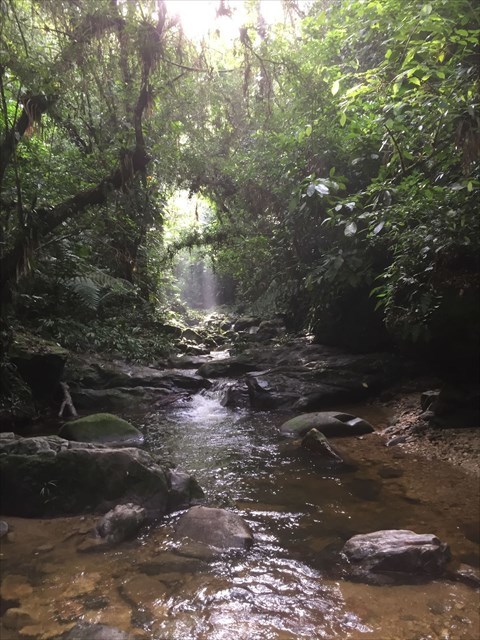
Sin embargo, vale muchísimo la pena; para mí fue una de las experiencias culminantes de mi viaje a Colombia. La naturaleza es abundante y impresionantísima; las informaciones que dan los guías sobre las comunidades indígenas, sus costumbres y historia son muy interesantes; van encontrar unos miembros de las tribus de la zona y tener una impresión viva de su cultura; pero ellos guardan su distancia, los turistas son a lo mejor tolerados más bien que bienvenidos. Sobre todo, tengan ustedes la ilusión de llegar a la Ciudad Perdida en la mañana del tercer día cuando podrán explorar las terrazas antiguas y disfrutar las vistas panorámicas de las montañas de los alrededores, cubiertas por la selva espesa - todo eso sin las masas de turistas que tendrían que expectar en lugares como Machu Picchu, por ejemplo.
La distancia total de la caminata es de menos de 50 km, pero no subestimen el esfuerzo que exige: La temperatura es de 32° C más o menos, la humedad de 90%, lluvias fuertes en las tardes son frecuentes y el camino es muy empinado, siempre hacia arriba, hacia abajo ...
.
Ciudad Perdida
Fue en los primeros años setenta del siglo pasado que por casualidad un guaquero extraviado en una cacería dio con unos escalones de piedra en medio de la selva, cerca del río Buritaca. Les siguió cuesta arriba y así encontró las terrazas de una población indígena, construida en el VIII siglo y habitada hasta comienzos del XVII. Entonces fue abandonada porque los indígenas de la zona creían que era hechizada - consecuencia de las epidemias que se habían extendido después de la llegada de los primeros europeos en América y que afectaron gravemente a las comunidades indígenas.
Poco después de ese "descubrimiento", artefactos de oro empezaron a ser vendidos en las bolsas negras de Santa Marta y los alrededores. Otros guaqueros siguieron al descubridor Julio César y su familia hasta ese lugar no más desconocido y escondido. Hubo envidia y codicia, peleas y cuchilladas; fue asesinado Julio César. - En 1976 llegaron los arqueólogos del Instituto Colombiano de Antropología y trataron de salvar y conservar las piezas que quedaban de los tesoros antiguos; fueron transferidas a los museos de Bogotá y Santa Marta. Unos años más tarde, en 1982, los primeros turistas comenzaron a llegar hasta el sitio. Pero no por mucho tiempo: La zona se convirtió en uno de los centros del cultivo de la coca. Y por lo tanto, de los conflictos armados entre el ejército, las guerrillas y los paramilitares. No es por casualidad que el pueblito donde empieza el camino, El Mamey, tiene el apodo de "Machete pelado". Finalmente el secuestro de ocho turistas extranjeros en 2003 por el ELN dejó paralizadas las excursiones turísticas.
Pero con la pacificación progresiva de la zona, el turismo está de nuevo en auge. Y es un turismo que tiene como meta sustentabilidad ambiental y cultural. Son los dueños de la tierra, las comunidades locales indígenas, quienes deciden cuantas personas son admitidas y cuando - nunca más de 150 por día y jamás en el mes de septiembre cuando los cuatro tribus de la zona se reunen en la Ciudad Perdida por el culto de sus deidades: la madre tierra, "Séneca", y el dios sol, "Seracua".

El acertijo
Contesten las preguntas siguientes y noten las seis letras marcadas en las palabras claves. Aquéllas forman un anagrama. Suélvanlo y pongan la solución en el revisor Certitudes. Éste les revelará la ubicación del geocaché.
1.)
La cultura indígena que erigió la Ciudad Perdida.
_ _ [_] _ _ _ _
2.)
Otra "ciudad perdida", ésta ubicada en el Perú y redescubierta en 1843.
_ _ _ _ [_] _
3.)
Denominación arqueológica de la Ciudad Perdida.
_ _ _ _ [_] _ _ _ - _ _ _
4.)
Pueblo indígena en cuyo territorio se encuentra la Ciudad Perdida.
_ _ _ [_] _
5.)
Nombre de la zona de los glaciares y de los picos nevados de la Sierra Nevada de Santa Marta en el idioma de los indígenas de la zona, el Chibcha.
_ _ _ [_] _ _ _
6.)
Apellido del "descubridor" de la Ciudad Perdida y de sus dos hijos que lo acompañaron.
_ _ _ _ _ _ [_] _ _
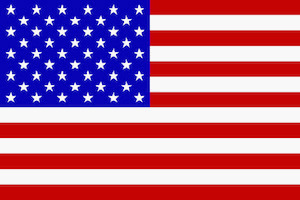
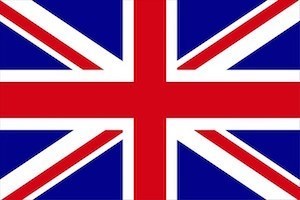
English
The cache
To find this cache, you have to book a guided tour and walk with a small party of 10-15 people and a local guide for four days and three nights across the jungle of the Sierra Nevada de Santa Marta back and forth from El Mamey to the Lost City. You cannot do the trip on your own, because the local indigenous communities restrict access to their territory; only approved agencies and their customers are allowed and there is a daily limit as to the number of people who can enter the trail. You will find accomodation in basic shelters with camp beds or hammocks. There are showers and the river is always nearby for a refreshing swim; plenty of rich food is supplied. Don't expect a solitary hike or any attacks by indians, armed rebels or drug dealers (but see below); this is not an Indiana Jones adventure, but a very well organized tour.
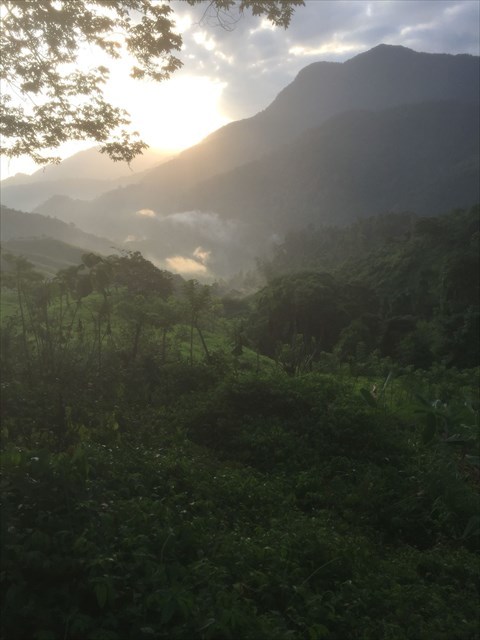
Nonetheless, it's more than worth while and for me, it was one of the absolute highlights of my trip to Colombia: The nature is abundant and most impressive, the information you will get on the local indigenous tribes, their customs and history is highly interesting; you will meet some of their members and get a very close and lively impression of their way of life; but they keep their distance; as a tourist, you are tolerated to a certain extent, not more. Last not least, look forward to arriving at the Lost City in the morning of the third day when you will be able to explore the ancient terraces and enjoy the panoramic views across the surrounding mountain ridges, all covered by rain forest - without the usual masses of tourists you would have to expect at Machu Picchu, for instance.
The total distance of the hike is not more than 50 km, but don't underestimate it: Temperature is constantly about 32° C, humidity around 90%, in the afternoon there might be heavy rain showers, and the trail is very steep, constantly up and down.
The Lost City
It was in the early seventies of the last century that a grave robber, who had gotten lost in the jungle near the river Buritaca during a raid, happened to run into some stone steps under the thicket. As he followed them uphill, he found the terraces of an indian settlement founded in the VIIIth and inhabited until the early XVIIth century. Then it was abandoned because the indigenous people who lived there believed it lay under a spell - result of the epidemies that had spread after the arrival of the first Europeans in the Americas and gravely affected the indigenous communities.
Only short after this "discovery" the first golden artefacts originating from there appeared on the black markets of Santa Marta and the surroundings. Other grave robbers followed Julio César and his family to the spot no longer forgotten and hidden. There was envy and greed; there were brawls and knife fights; Julio César was killed. - In 1976, archeologists of the Colombian National Institute of Anthropology arrived and tried to save and conserve what was left of the ancient treasures; the remaining pieces were transferred to the museums in Bogotá and Santa Marta. - Some years later, in 1982, the first tourists started to visit the place. But not for long: Afterwards, the area turned into an important center of cultivation of coca leaves and traficking of cocaine. And consequently, of the armed conflict between the army, different guerrilas and paramilitary groups. It's for a reason that the village where the trail starts, El Mamey, among the local people is known as "El Machete pelado" - the drawn machete. Finally, the kidnapping of eight foreign tourists by the ELN, the "Army for National Liberation", in 2003 put a temporary end to most touristic activities here.
But with the continual pacification of the region, tourism has come back and been thriving - a form of tourism that is compatible with cultural and egological sustainability. It is up to the landowners, the local indigenous communities, to decide who and how many people are admitted to the Lost City - not more than 150 per day and never in the month of September when the four tribes of the region gather here for the cult of their deities: mother Earth, "Séneca", and the sun god, "Seracua".

The puzzle
Answer the following questions and write down the six letters standing out in the solutions. They form an anagram. Solve this, too, and feed the Certitudes checker with the result. The checker will reveal the position of the stash.
1.)
The indigenous culture that built Ciudad Perdida.
_ _ [_] _ _ _ _
2.)
Another "lost city", this one located in Perú and rediscovered in 1843.
_ _ _ _ [_] _
3.)
Archeological name of Ciudad Perdida.
_ _ _ _ [_] _ _ _ - _ _ _
4.)
Indigenous people on whose territory you will find Ciudad Perdida.
_ _ _ [_] _
5.)
Name of the glaciar zone and of the highest peaks of the Sierra Nevada de Santa Marta in the language of the indigenous people living here, in Chibcha.
_ _ _ [_] _ _ _
6.)
Surname of the "discoverer"of Ciudad Perdida and of his two sons who accompanied him.
_ _ _ _ _ _ [_] _ _

Du kannst deine Rätsel-Lösung mit certitude überprüfen.

Muchísimas gracias a
Jorge Cardona, el "Chivo",
el guía más amable y mejor informado que se puede imaginar,
por el mantenimiento del contenedor.